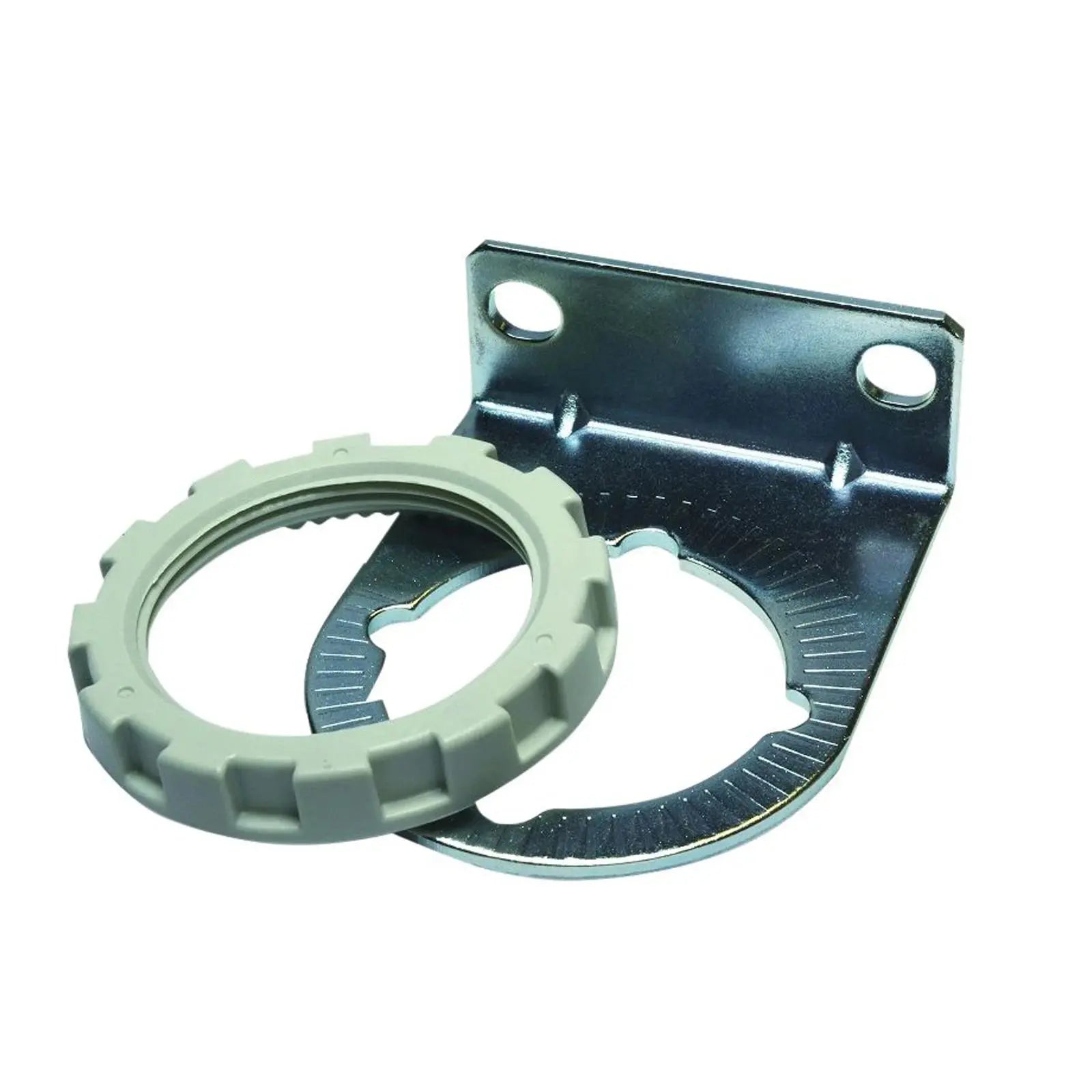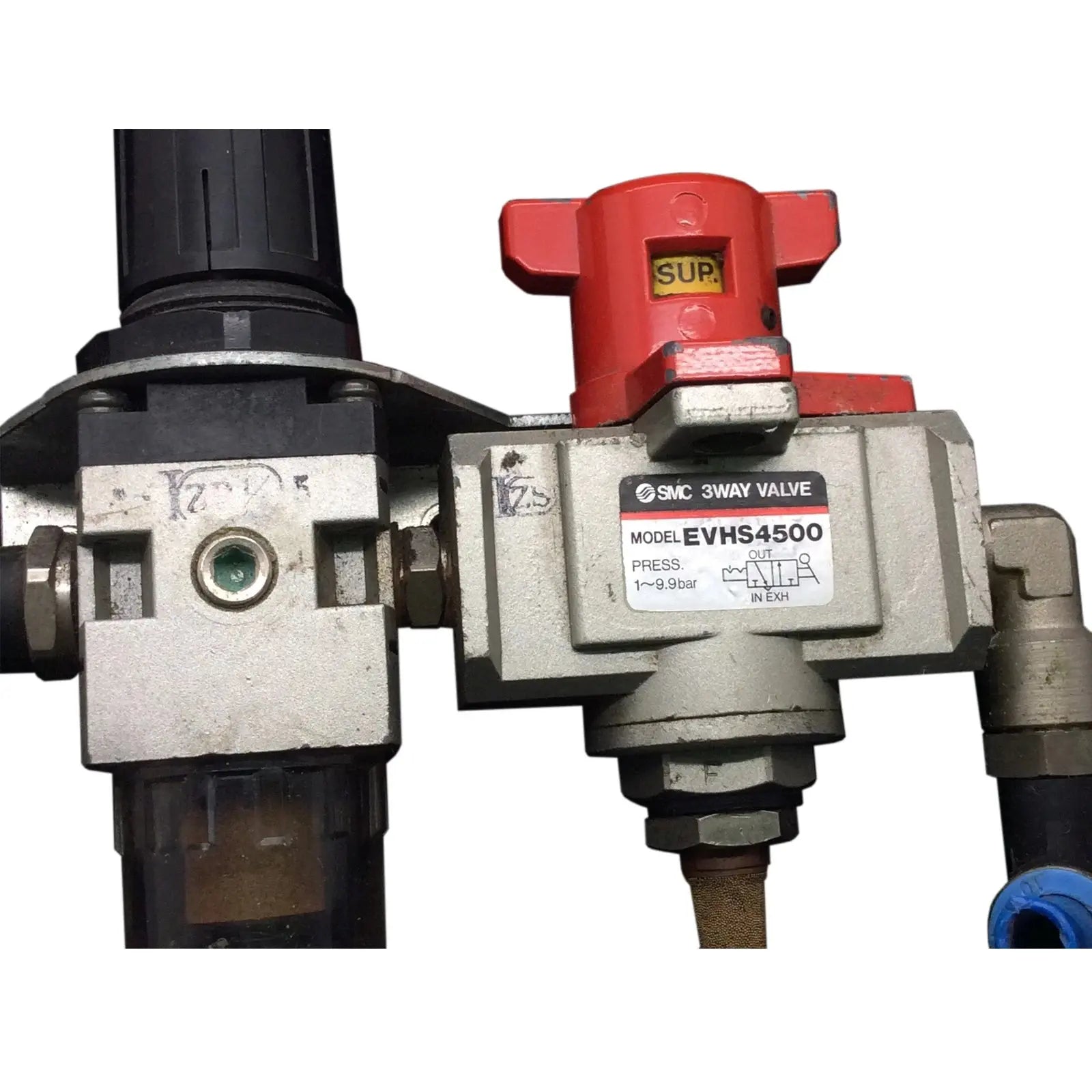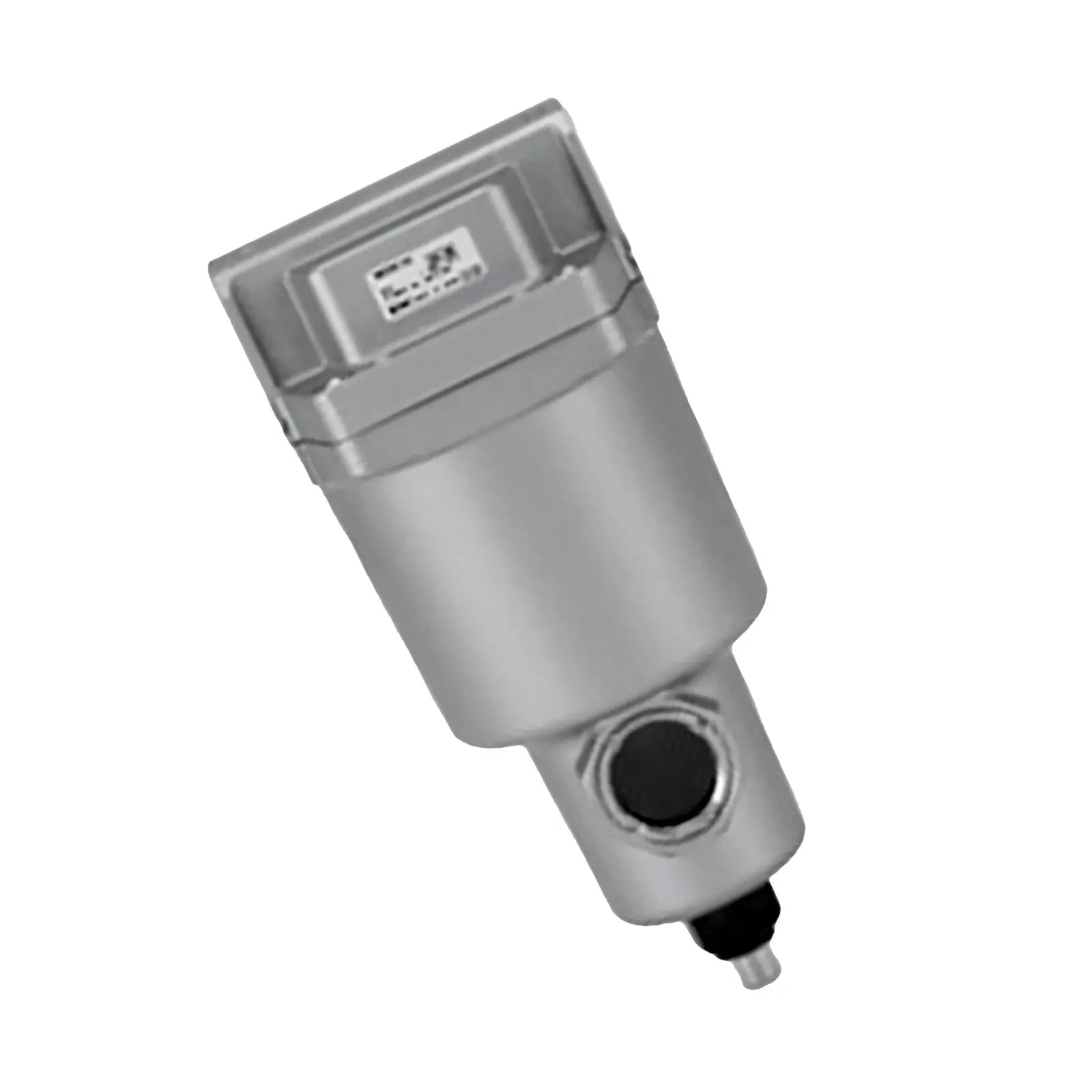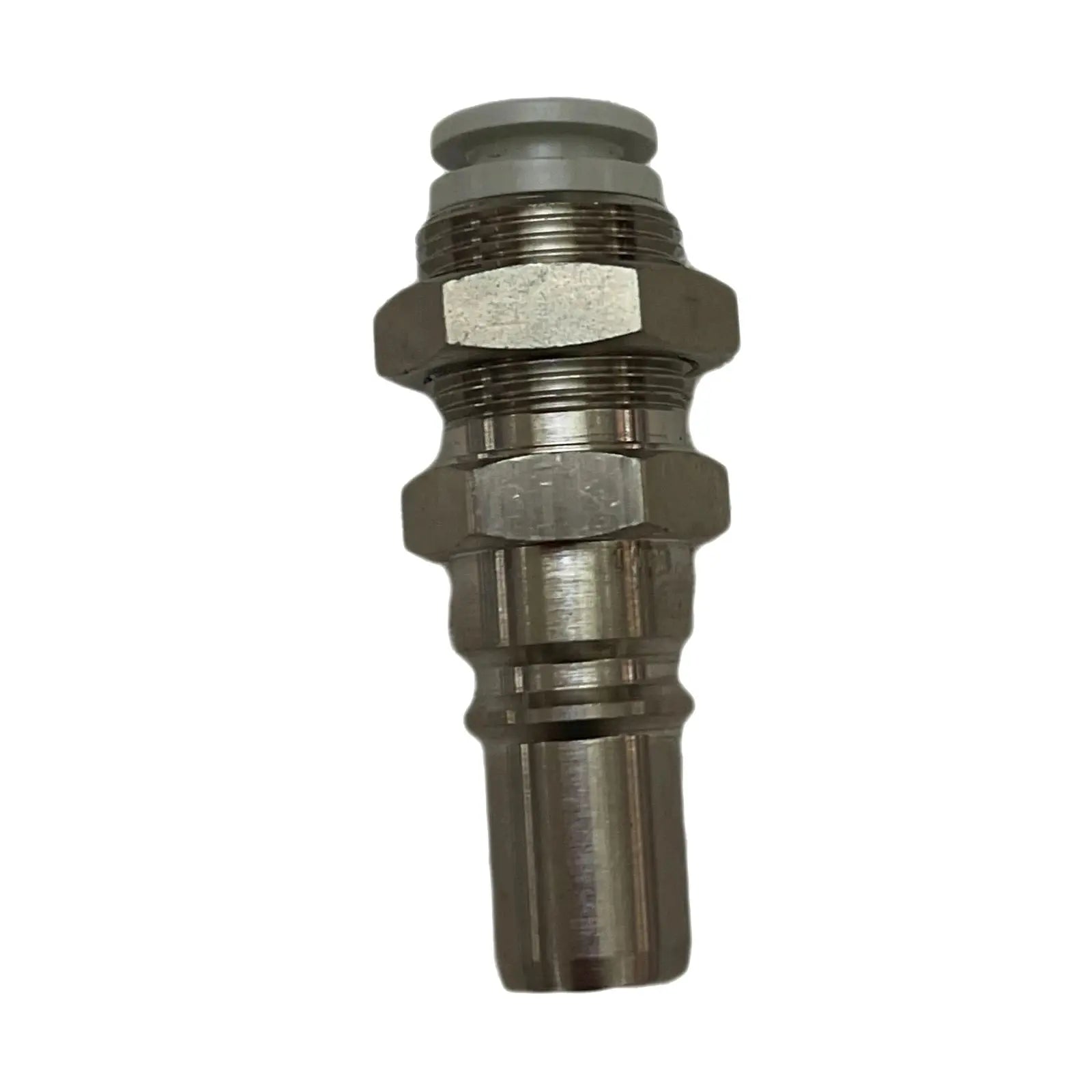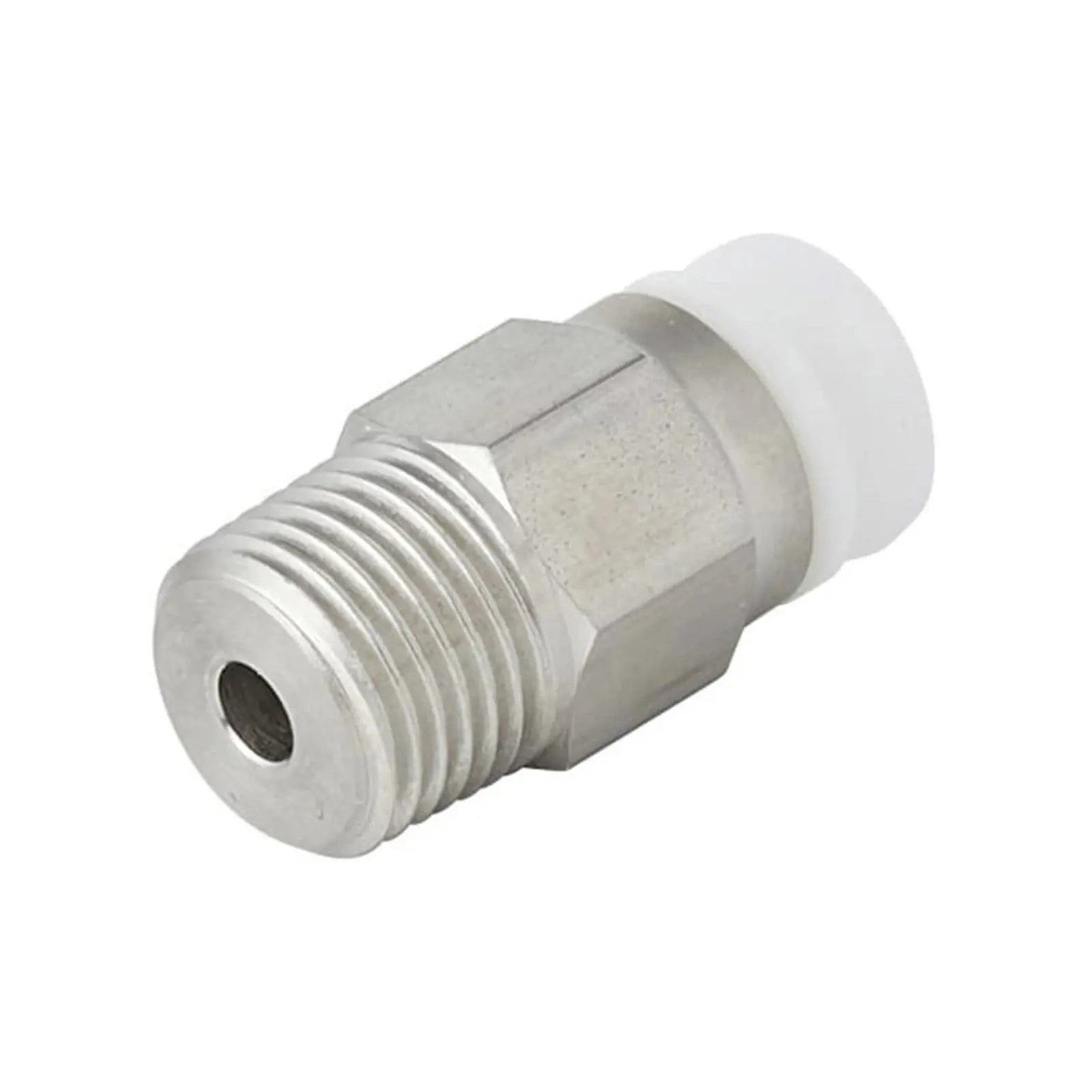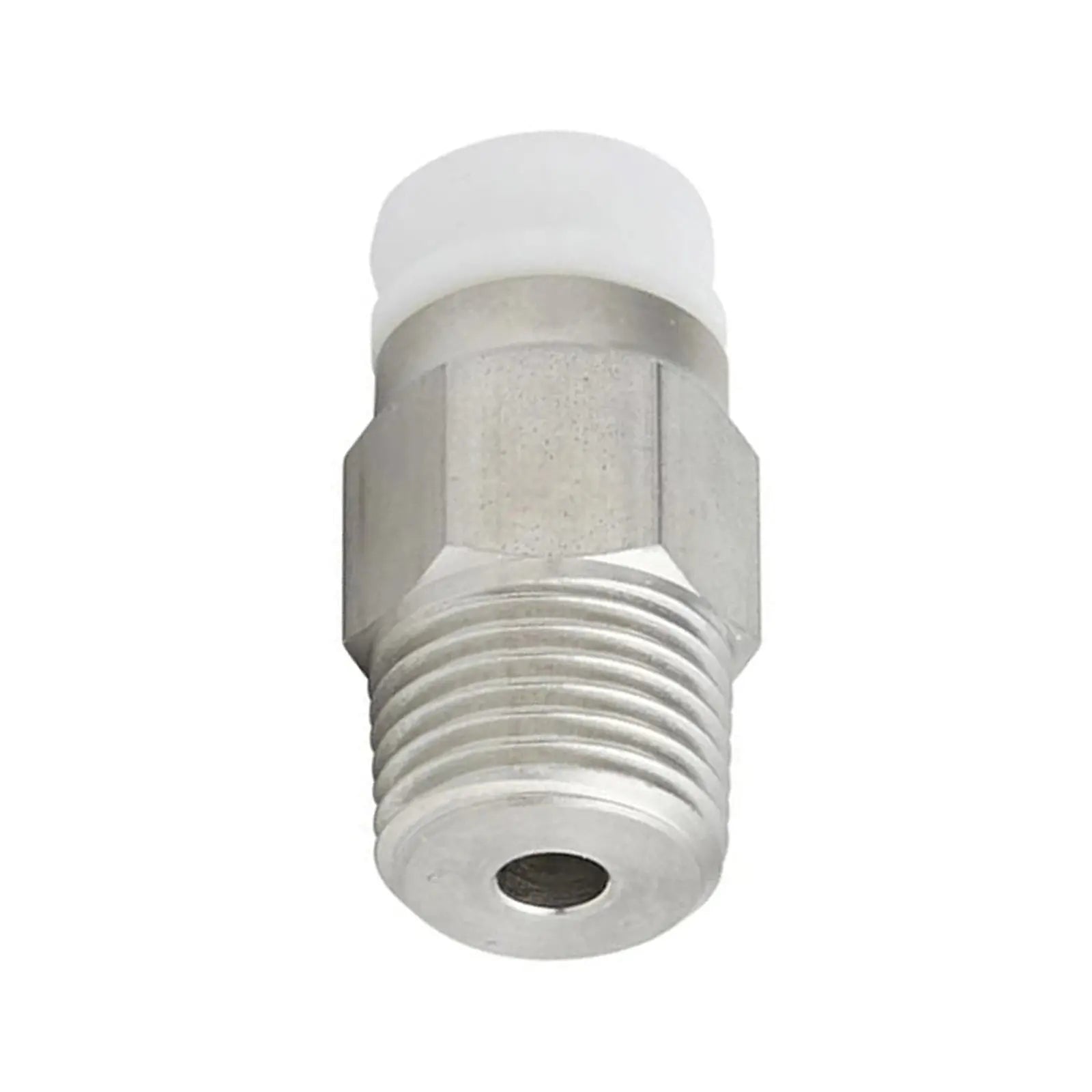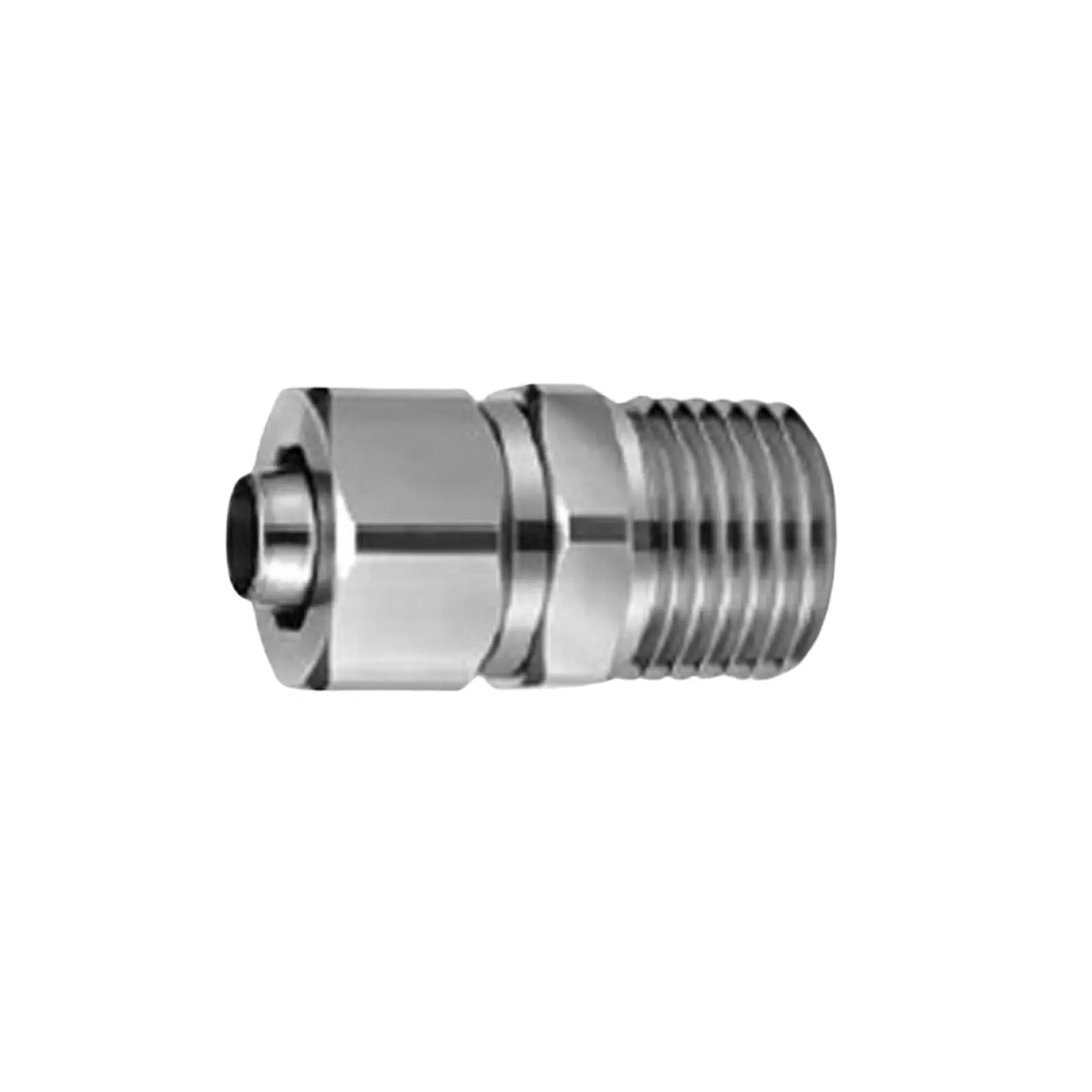
Vérins pneumatiques, électrovannes, vérins hydrauliques, collecteurs
89 produits
Affiche 1 - 48 de 89 produits






















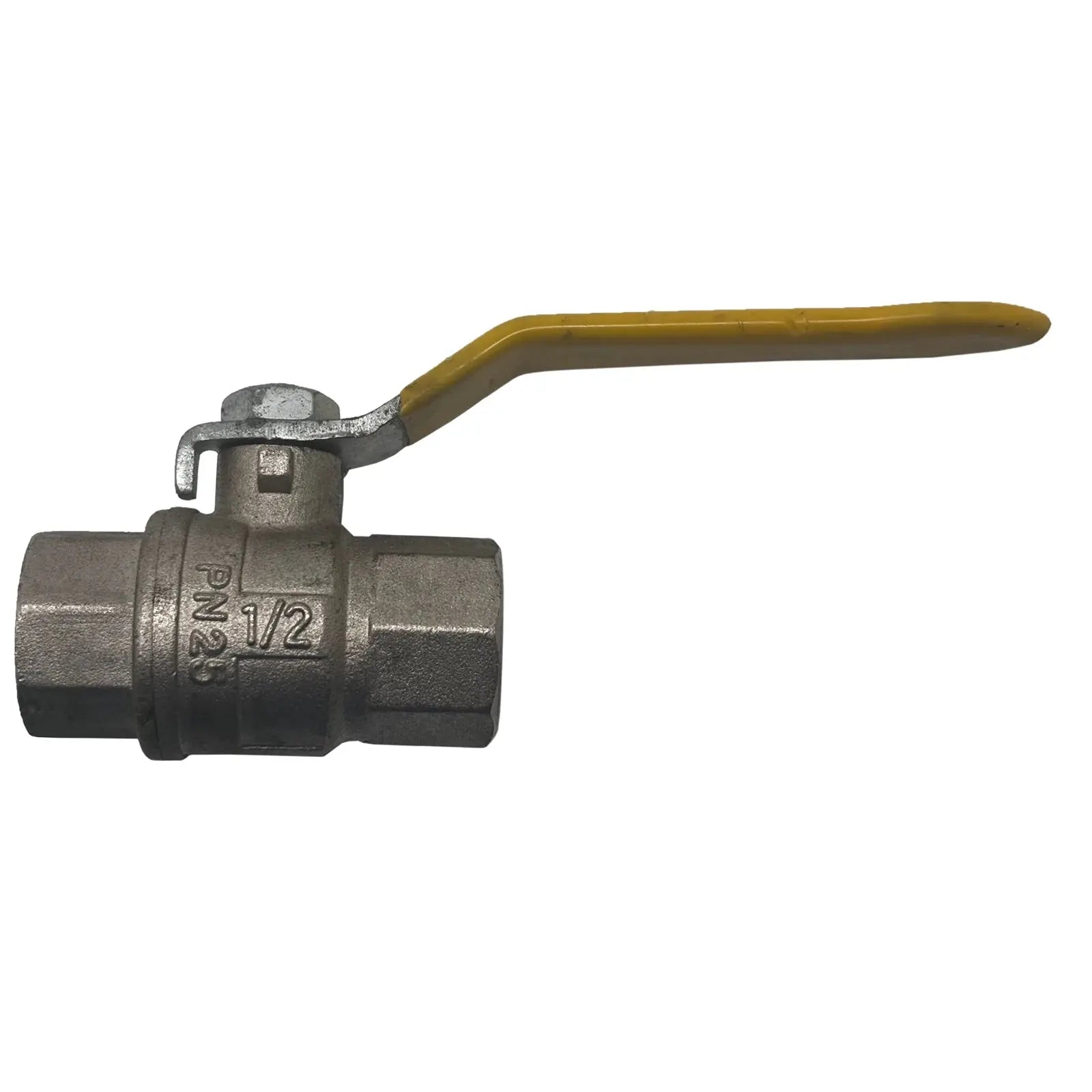




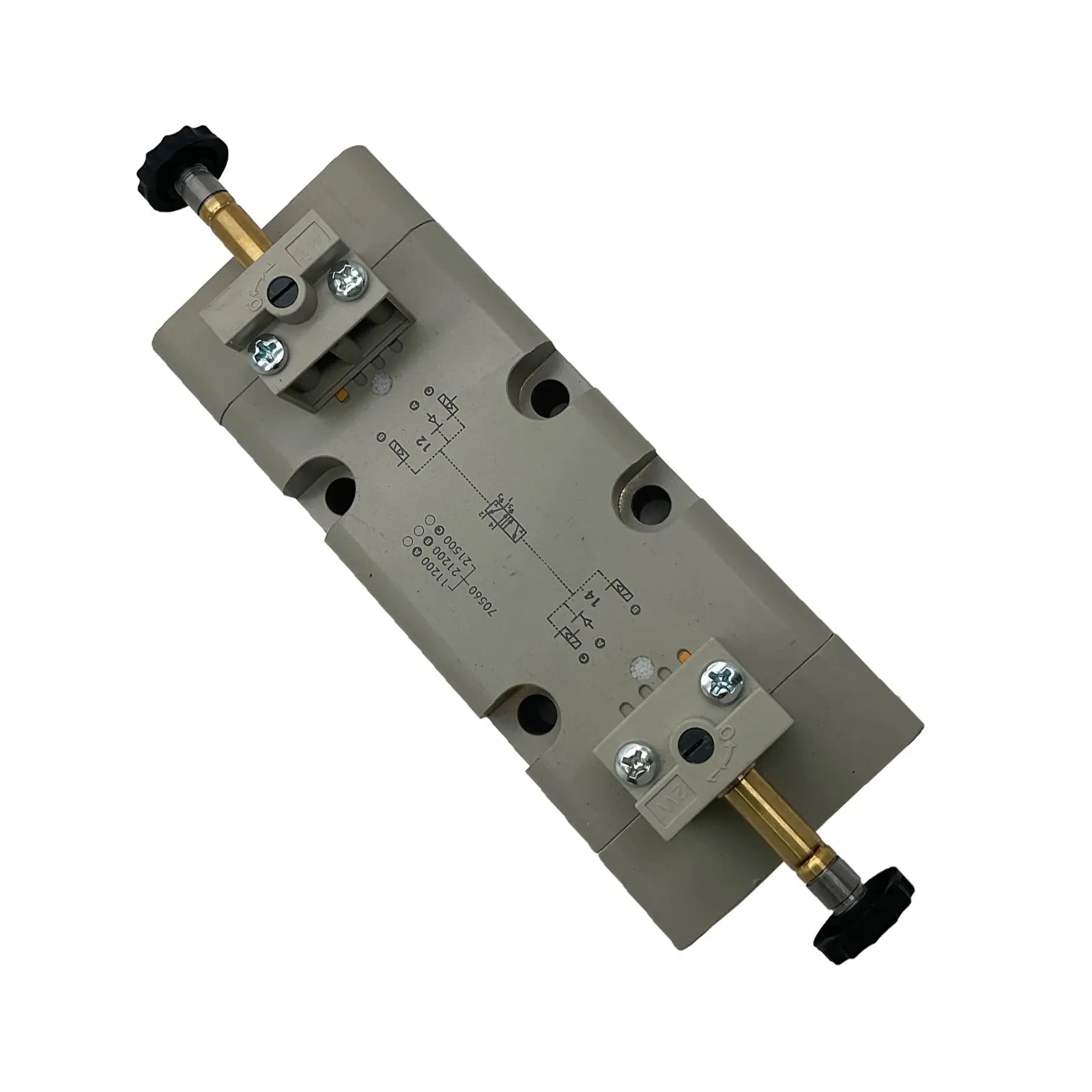
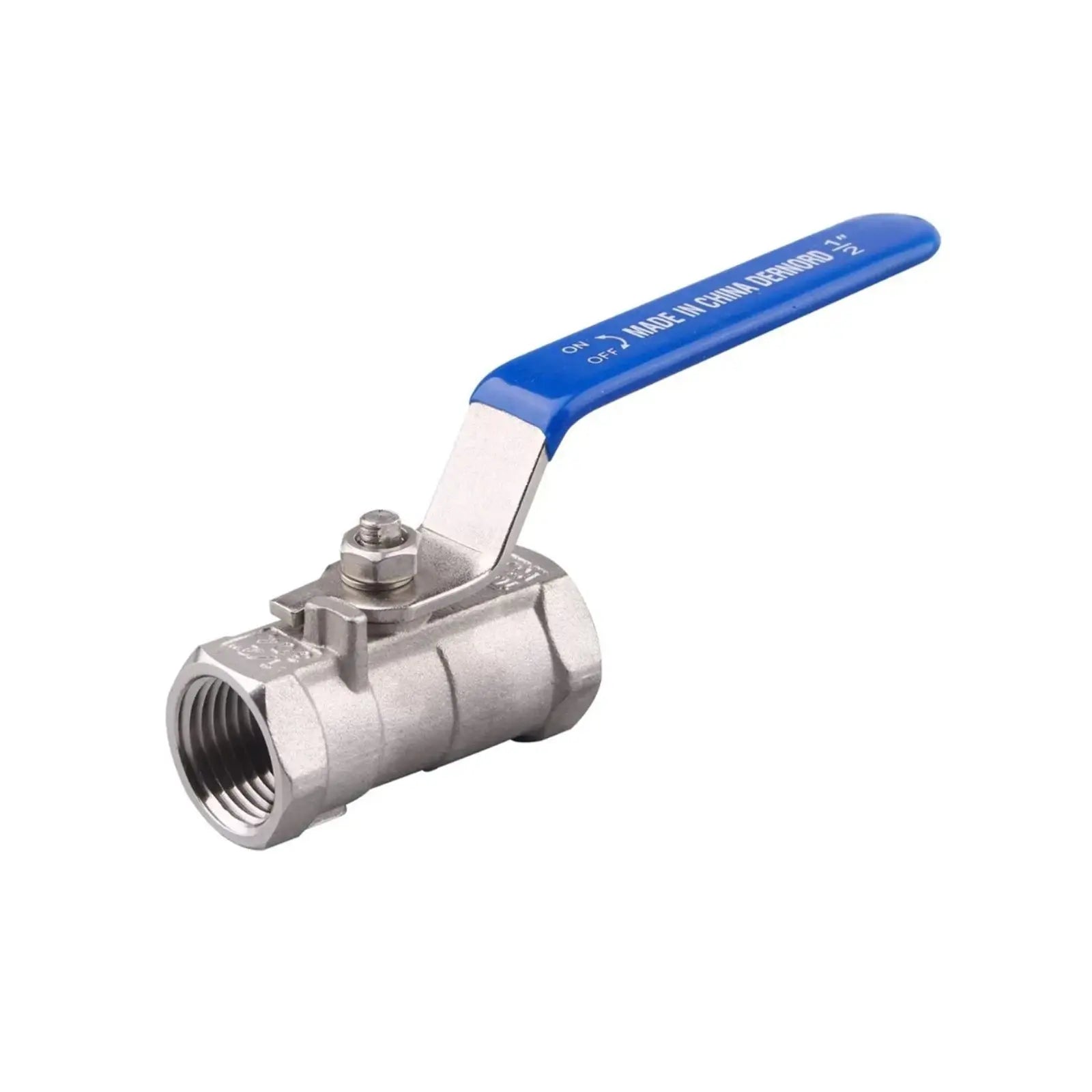


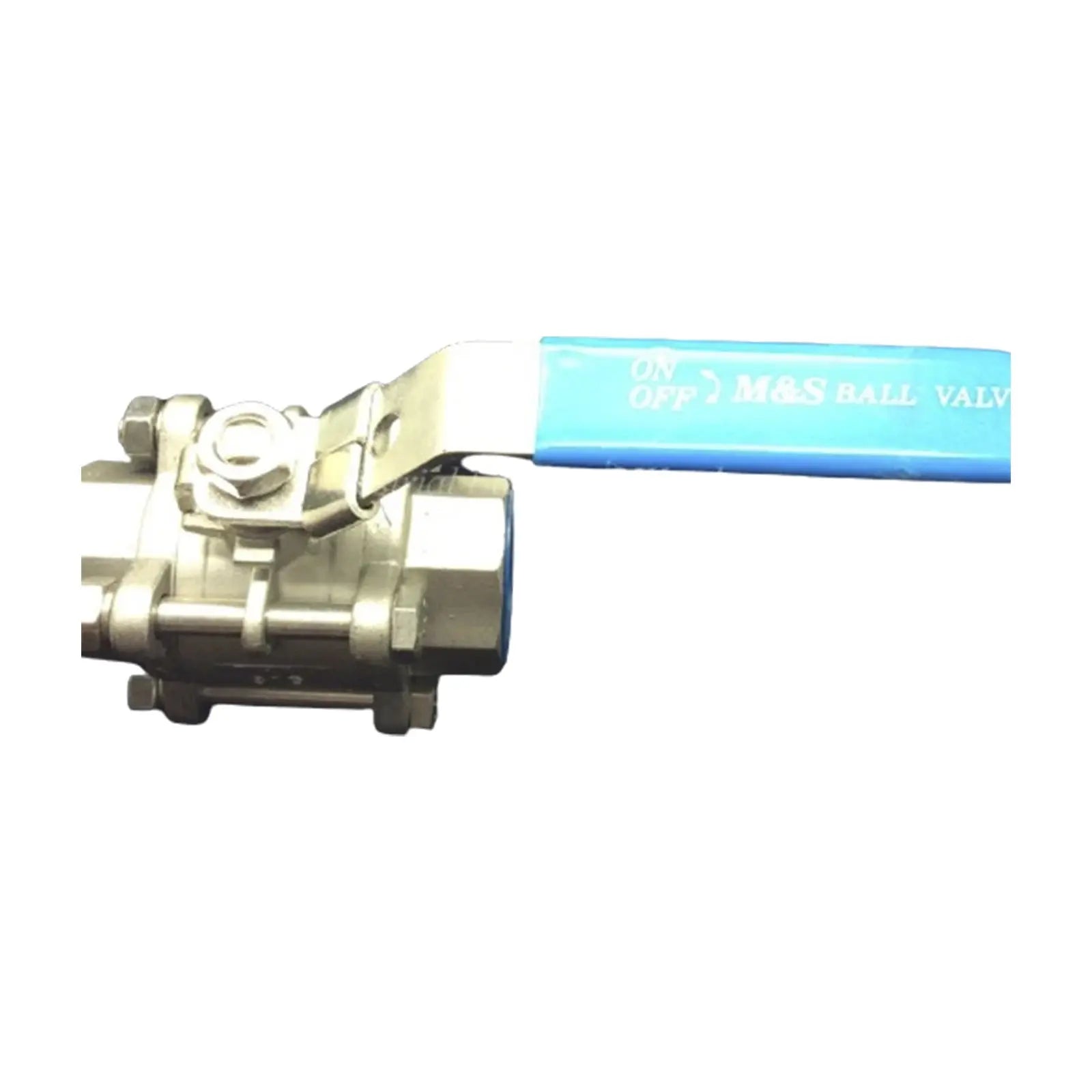











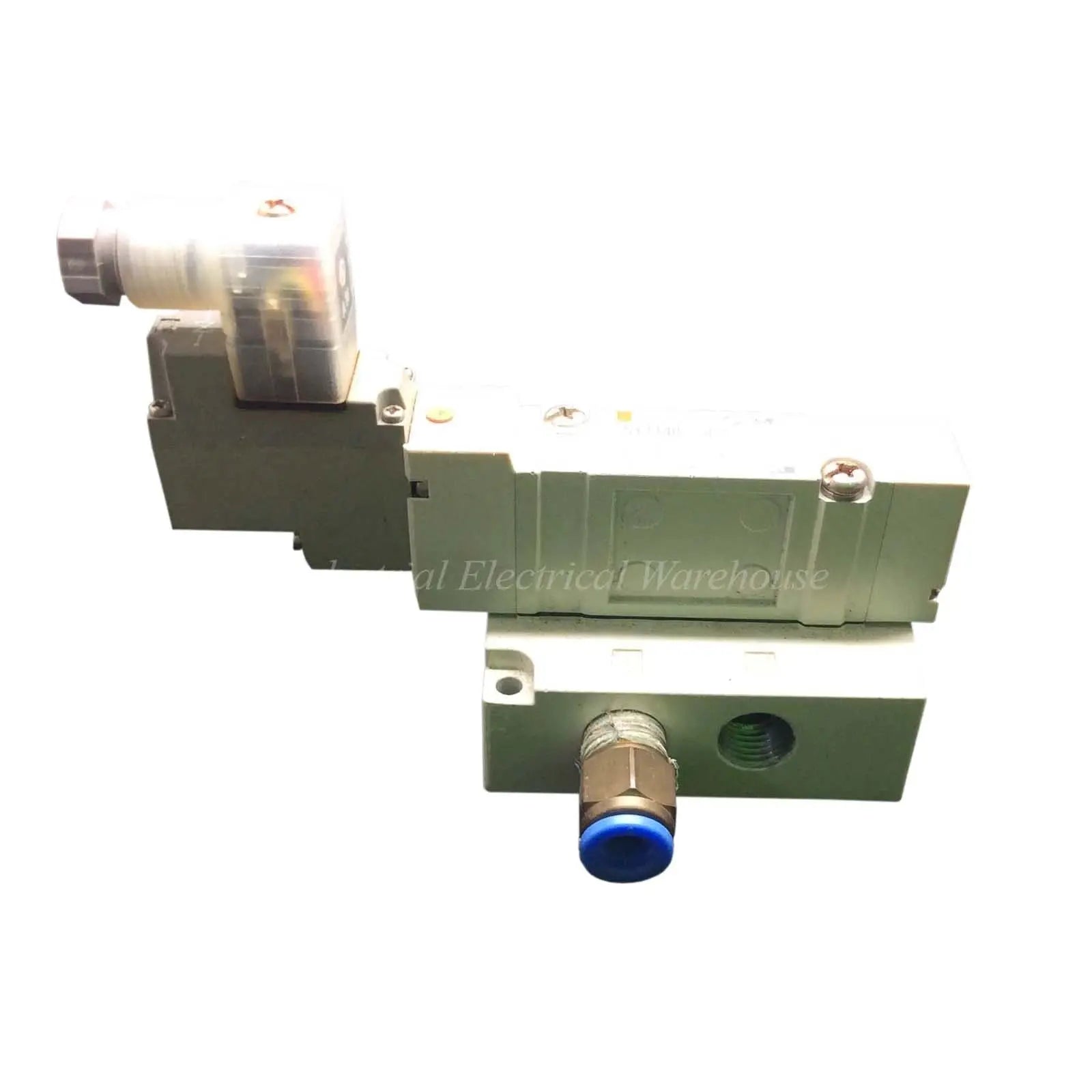
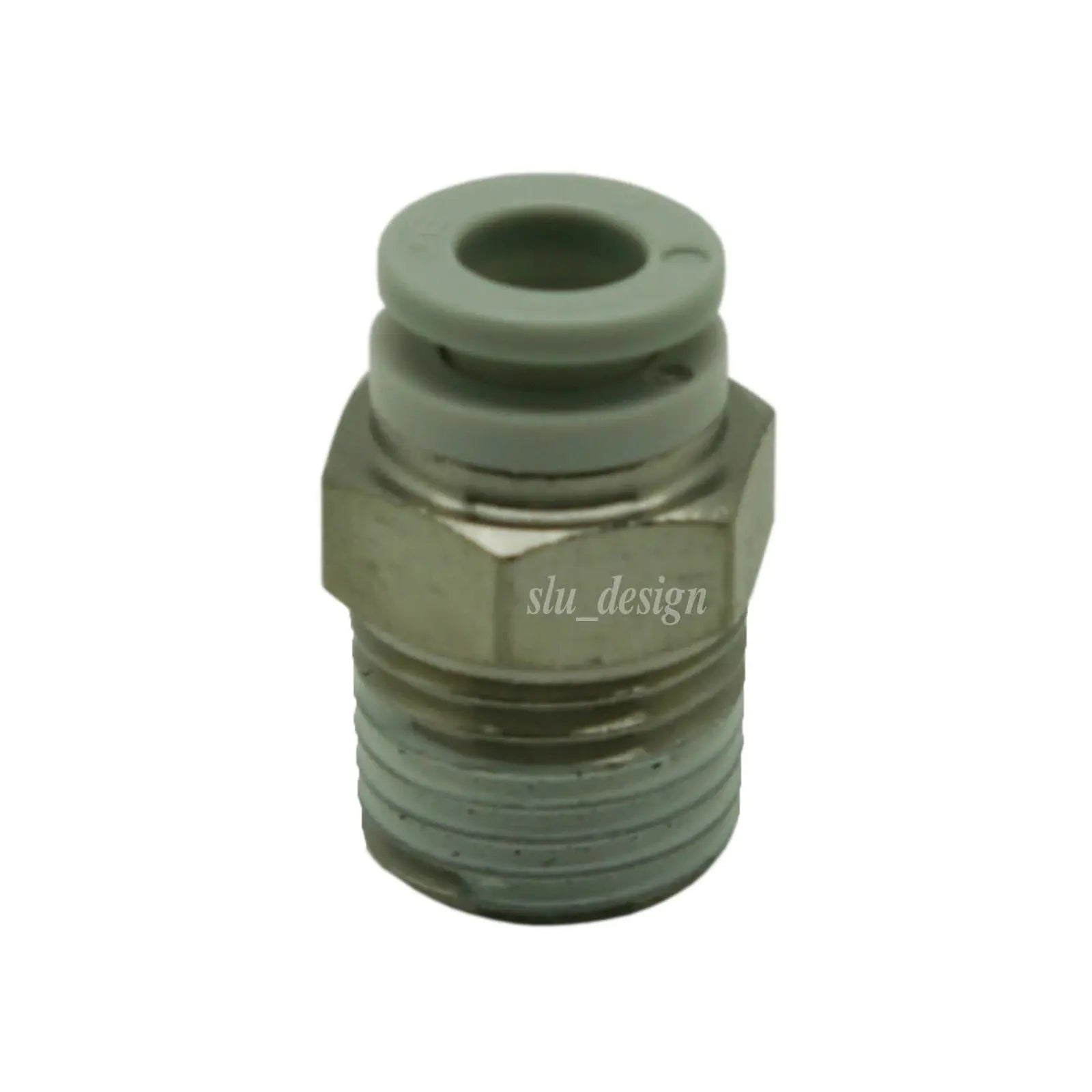








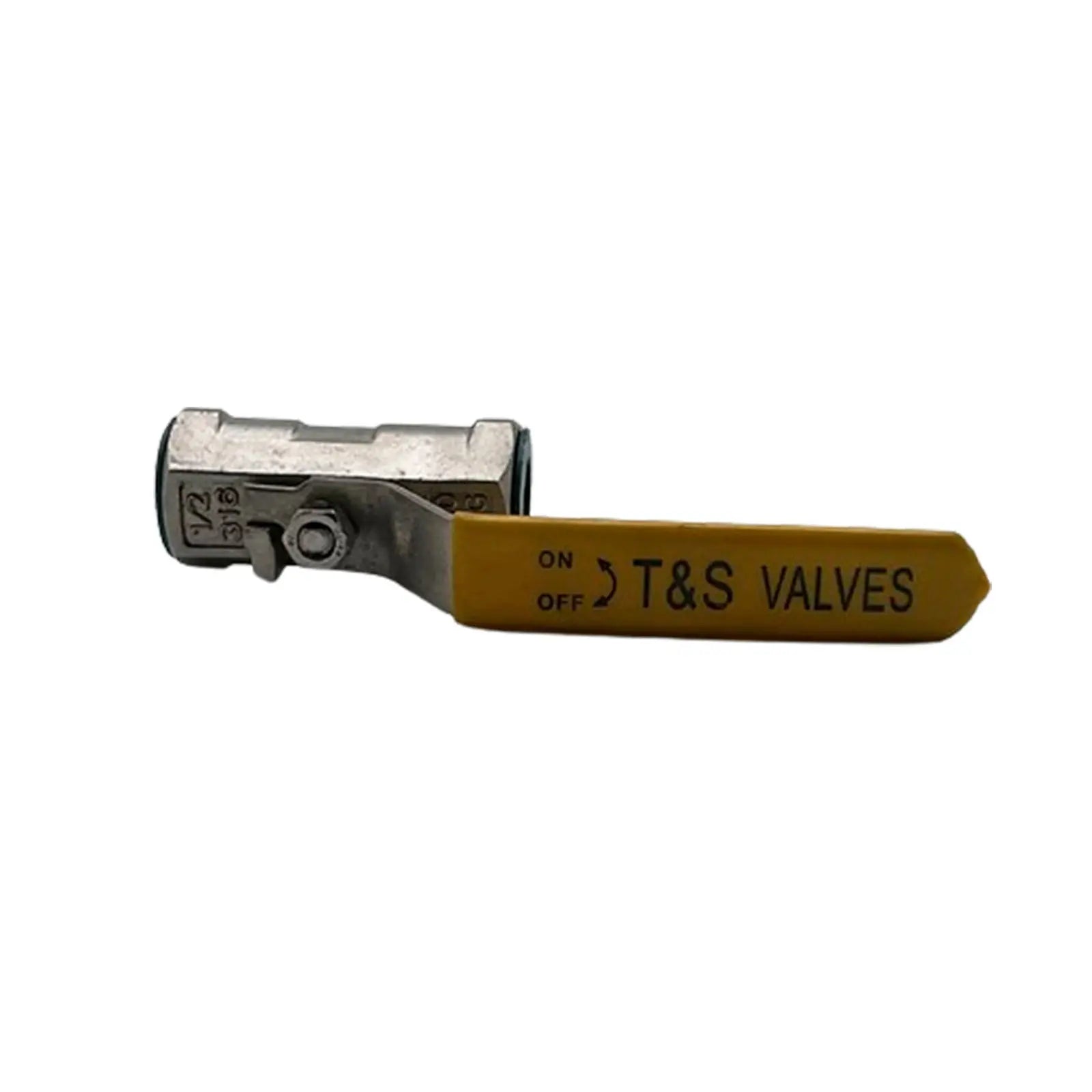



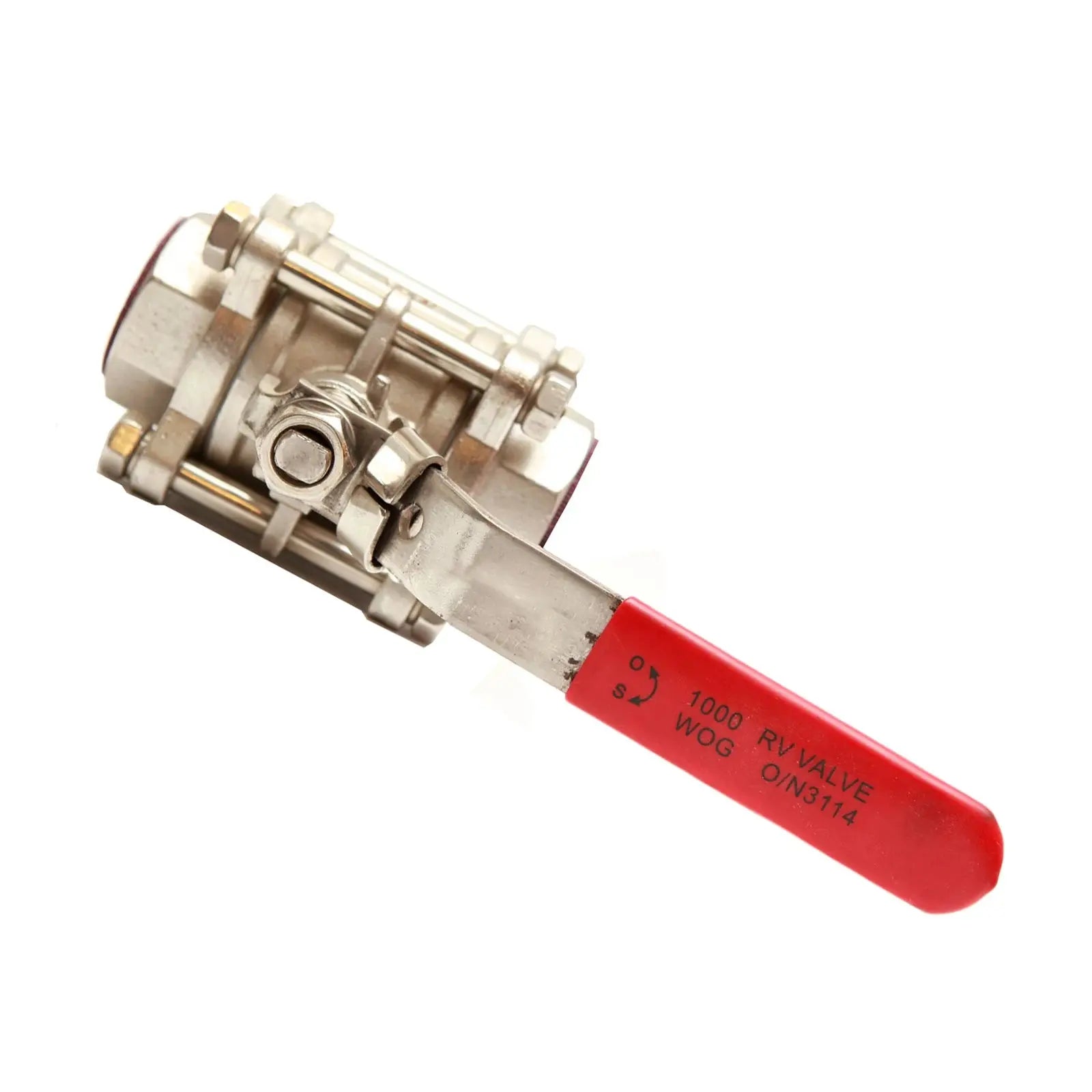


Collection de vérins pneumatiques
Découvrez notre vaste gamme de vérins pneumatiques , conçus pour convertir l'air comprimé en mouvement linéaire pour diverses applications industrielles. Ces vérins sont des composants essentiels des systèmes d'automatisation, offrant des performances fiables pour des tâches telles que le levage, le serrage et la poussée de charges.
Caractéristiques principales :
-
Types de vérins pneumatiques :
-
Vérins à simple effet : utilisent de l'air comprimé pour déplacer le piston dans une direction ; un ressort ou une force externe ramène le piston à sa position d'origine.
-
Vérins à double effet : utilisent de l'air comprimé pour déplacer le piston dans les deux sens, offrant ainsi un meilleur contrôle et une meilleure force.
-
Vérins sans tige : ils sont dotés d'un piston monté sur un chariot qui se déplace le long d'un rail, éliminant ainsi le besoin d'une tige externe.
-
Cylindres à tirants : Construits avec des tirants qui maintiennent le cylindre ensemble, offrant durabilité et résistance.
-
Vérins compacts : conçus pour les applications avec un espace limité, offrant une force élevée dans une taille compacte.
-
-
Matériaux : Fabriqué à partir de matériaux de haute qualité tels que l'aluminium et l'acier inoxydable pour assurer la durabilité et la résistance à la corrosion.
-
Styles de montage : Disponibles dans diverses options de montage, notamment pied, bride et pivot, pour répondre à différentes exigences d'installation.
-
Tailles d'alésage et longueurs de course : Proposés dans une gamme de tailles d'alésage et de longueurs de course pour répondre aux besoins d'application spécifiques.
-
Applications : Idéal pour une utilisation dans des secteurs tels que la fabrication, l'automatisation, l'emballage et l'automobile, où la rapidité, la simplicité et la rentabilité sont essentielles.
Pourquoi choisir nos vérins pneumatiques :
-
Hautes performances : conçu pour offrir des performances constantes et fiables dans les applications exigeantes.
-
Polyvalence : Convient à une large gamme d'applications industrielles, des tâches simples aux systèmes d'automatisation complexes.
-
Personnalisation : Disponible dans différentes configurations pour répondre aux exigences spécifiques des applications.
-
Assurance qualité : Fabriqué selon les normes internationales, garantissant une qualité et une fiabilité élevées.
Parcourez notre collection pour trouver le vérin pneumatique idéal pour vos besoins. Que vous recherchiez un vérin compact pour les espaces restreints ou un vérin robuste pour les tâches exigeantes, nous avons la solution idéale.
Besoin de commandes en gros ou de recommandations d'experts sur les vérins pneumatiques ?
Vous souhaitez commander des vérins pneumatiques en gros ou avez besoin d'aide pour choisir la solution industrielle idéale ? Notre équipe est là pour vous aider avec des devis personnalisés, des recommandations de produits et des conseils techniques. Que vous soyez électricien, entrepreneur ou chef d'entreprise, nous proposons des solutions sur mesure pour répondre à vos besoins.
📩 Contactez-nous ou discutez avec nous en direct pour une assistance instantanée !
Découvrez notre collection mensuelle d'offres de folie !
Profitez de réductions exceptionnelles dans notre magasin ! Découvrez les meilleures offres :
Explorez ces catégories maintenant et profitez des meilleures offres avant qu'elles ne disparaissent !
- Tous les produits de notre gamme – Des produits de qualité supérieure sélectionnés avec soin pour vous.
- Meilleures ventes – Articles préférés des clients et articles très demandés.
- Offres spéciales et soldes Watts – Remises à durée limitée sur des produits incontournables.
- Watts New – Nouveautés et dernières innovations.
-
Toutes les collections – Explorez tout ce que nous avons à offrir.
Explorez ces catégories maintenant et profitez des meilleures offres avant qu'elles ne disparaissent !
N'oubliez pas de consulter nos remises massives jusqu'à épuisement des stocks !
Vu récemment
Bulletin d'information Watts Current
Restez connecté avec les derniers produits électriques industriels, les offres exclusives et les mises à jour d'experts.
Inscrivez-vous maintenant et ne manquez rien



